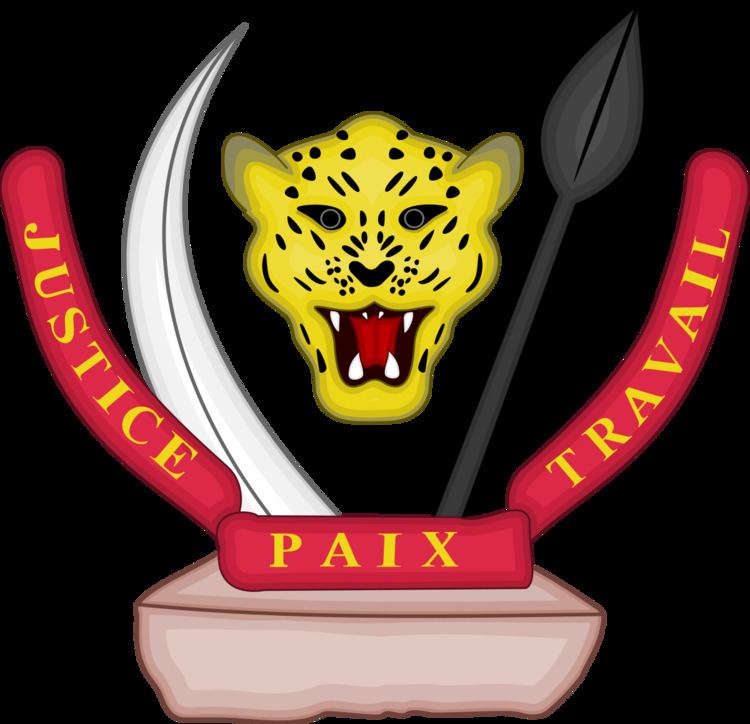Reference : Executive Order 081 of July 8 1998 on administrative and territorial organisation in the RDC
The administrative hierarchy of Political subdivisions in the Democratic Republic of the Congo is as follows
Province (formerly "Région")
Mairies (in Urban Areas)
Cities
Commune or Incorporated Grouping (formerly "zone urbaine" (urban area))
Quartier (neighborhoods)
Territoriale (in Rural Areas)
District (formerly "Sub-region")
Territoire (formerly "rural zone")
Cité (Town)
Quartier (neighborhoods)
Chefferie (Chiefdom formerly "Collectivité chefferie") or Sector
Groupement (Grouping)
Village
The province is led by a Governor.
The district is led by District Commissioner.
The city is led by a Mayor.
The commune is led by a Bourgmestre (Mayor).
The territory is led by a Territory Administrator. The territory is generally named after its main town.
the city of Kinshasa is both a province and a city. Thus, it is not divided in cities and districts (except for internal police administration), and has no mayor. The Governor also fulfills the position of Mayor. The rural part of Kinshasa is encompassed by the communes of Maluku and (partially) Nsele;
The provinces that resulted from the partition of the former Kivu Province, namely Maniema, Nord-Kivu and Sud-Kivu do not have districts;
some territories are not under the jurisdiction of a district, but that of a city. In Muanda's case, it is under the jurisdiction of the city of Boma;
Kolwezi is under the jurisdiction of the urban-rural district of Kolwezi;
Among these entities, the following have been decentralised :
the Province
the City
the Territory
the Commune (in the case of the city of Kinshasa)

